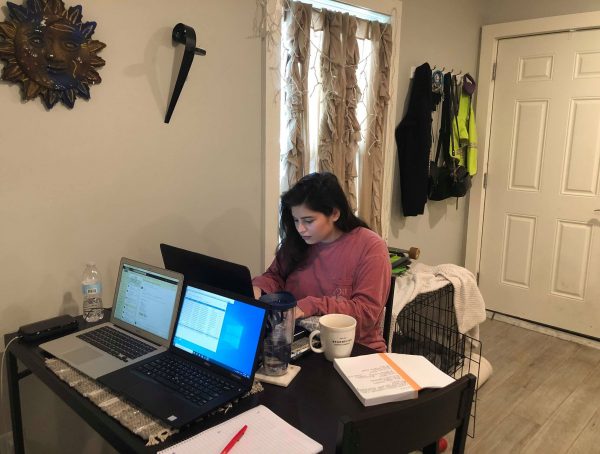By Sam Bradley and Deborah Potter
It’s the TV producer’s holy grail—a newscast that keeps viewers tuned in and provides news they can understand and remember. Many producers believe that pacing is the key to a successful newscast. But what does pacing really mean, how can you achieve it, and how can you be sure it will pay off?
Preliminary results from a new research study suggest that producers who follow a few basic pacing rules can produce newscasts that will hold and inform their viewers.
The study conducted at Indiana University’s Institute for Communication Research compared four news programs, each about 15 minutes in length. The newscasts, from four different stations in the same market, were manipulated at NewsLab so they differed significantly on two measurements of pacing: story length and edit speed. One newscast had longer stories, and a medium edit pace; the second had longer stories and a fast edit pace; the third had shorter stories and a medium edit pace; the fourth had shorter stories and a fast edit pace.
Participants in the study were told they could watch any of the four newscasts running simultaneously, and could change channels according to their preferences using a remote control. While they watched, a computer kept track of their channel changes. After the screening, participants evaluated each of the newscasts they saw on seven rating scales as to whether the newscast was believable, engaging, enjoyable, informative, important, interesting and understandable. Participants then were tested to find out what they remembered from those newscasts.
When the study was conducted with younger viewers, between 18 and 22 years old, there were significant differences in how they rated the newscasts. These viewers preferred the faster paced newscasts, which might have been predicted, but perhaps surprisingly, they also gave high marks to the newscasts with longer stories. Older viewers, between 25 and 81, showed no preference among the newscasts.
Story length and edit pace also affected what participants remembered from each of the newscasts. Younger viewers retained the most information from newscasts with longer stories told at a quicker pace, and shorter stories told at a slower pace. Again, this made almost no difference to older viewers.
What’s perhaps most interesting is the difference between the two groups when it comes to channel changing. Younger viewers spent more time watching newscasts that were consistent in pacing. That is, they stayed longer on the newscast with short stories and fast edits and the newscast with long stories and slower edits. But older viewers did the opposite. While the results were not statistically significant, the older viewers seemed to prefer the newscasts with more variety, either using long stories and fast edits, or short stories and slow edits.
Researchers noted a clear pattern in viewers’ memories for information just before and just after they changed channels. Both older and younger viewers remembered less information from stories they watched just before they hit the remote control. In effect, viewers disconnected from the news content as they lost interest and couldn’t remember what they saw. After they changed the channel, they re-engaged and their performance on memory tests improved.
Results from this multi-faceted study are still being analyzed, but what’s been learned so far has implications for newsrooms seeking to hold viewers’ attention while helping them remember what they’ve seen. Pacing and story length seemed to have little influence over older viewers’ preferences and memories. Younger viewers, on the other hand, both preferred and remembered more information from the newscast with longer stories told at a quicker pace. The results suggest that this kind of newscast could hold younger viewers without alienating the core group of older viewers who make up the loyal local news audience.
- Sam Bradley is a doctoral student in mass communication and cognitive science at Indiana University. He is also a former newspaper reporter and editor. Contact him by email at sambradl@indiana.edu
- Deborah Potter is executive director of NewsLab and a former CBS and CNN correspondent. Contact her by email at potter@newslab.org








